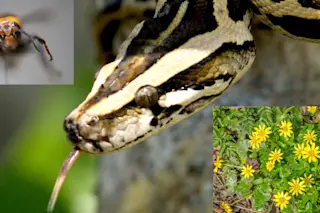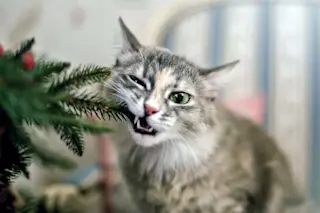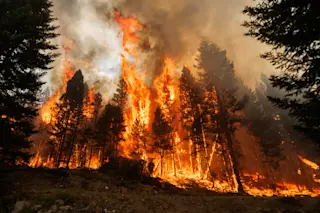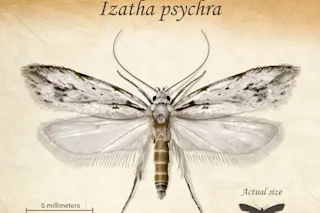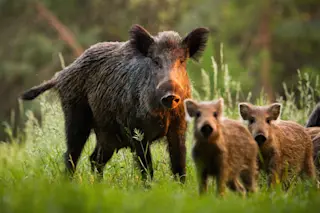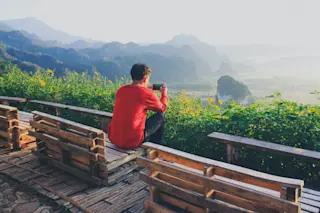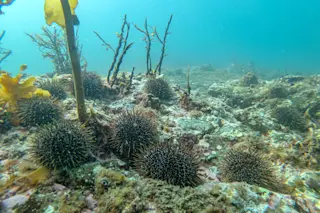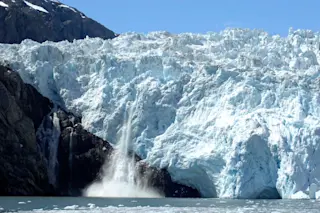Manuel Vitorino Pinheiro dos Santos had just shot four white-lipped peccaries when he heard it. The horrible soul-wrenching humanlike cry came from a tangle of vines about 50 meters away. "The moment you hear it, all your hairs stand on end," says Dos Santos. He dropped the peccary he was carving up, grabbed the lianas he had cut to lash the carcass to his back, and sprinted in the opposite direction, toward the nearby river. The second scream was farther away, but the trees still shook with the force of the noise. The third and fourth calls were muted, seeming to come from deep in the rain forest as the animal moved away. But Dos Santos waited in the water for an hour or so until he felt safe going back for his peccaries. "I just had a knife and no shells and didn't want to face the creature," he ...
Beasts in the Mist
If David Oren can find just one monstrous sloth he could save the world's largest rain forest.
More on Discover
Stay Curious
SubscribeTo The Magazine
Save up to 40% off the cover price when you subscribe to Discover magazine.
Subscribe



